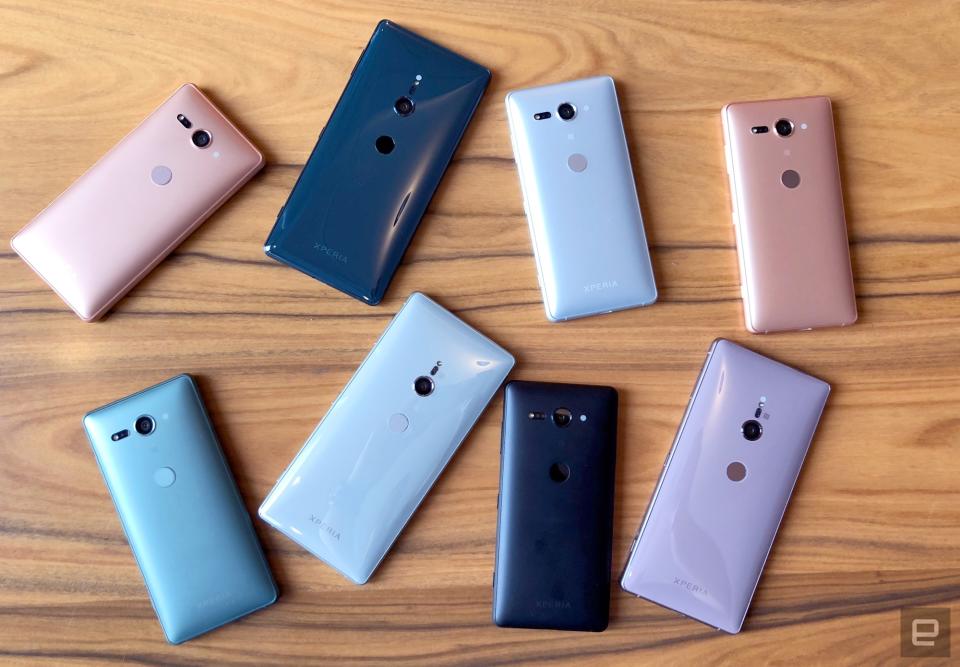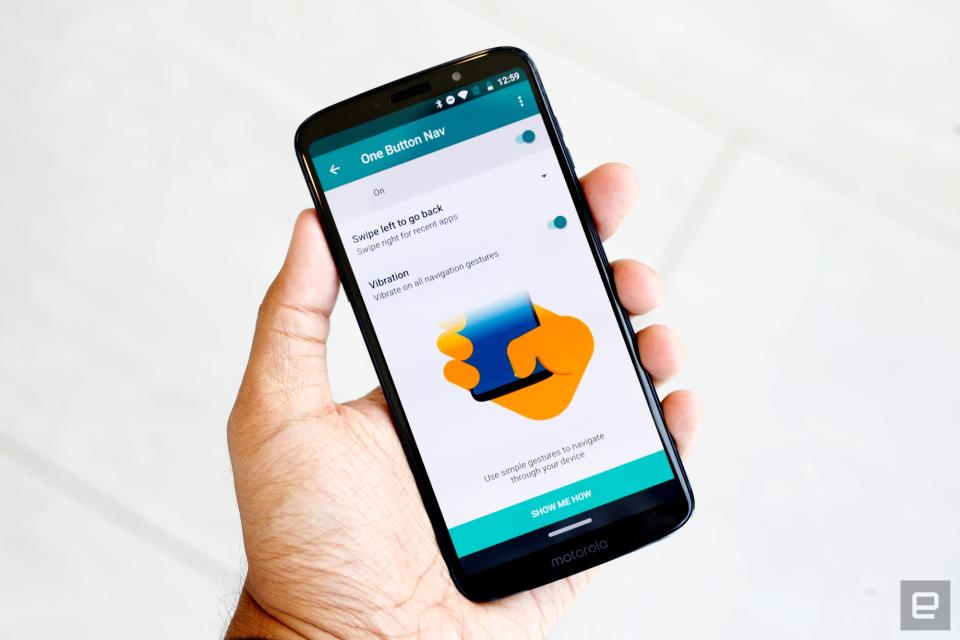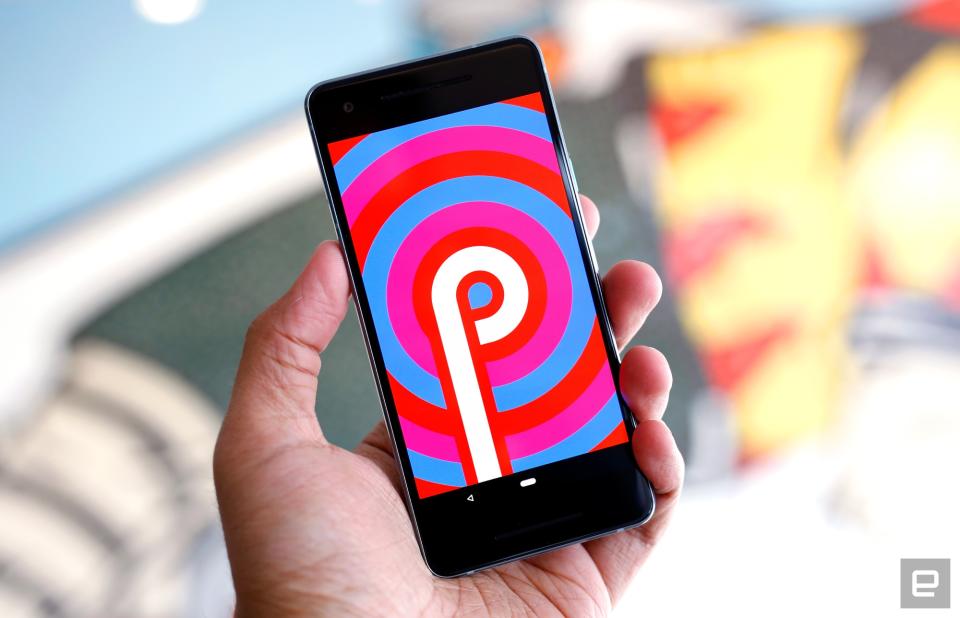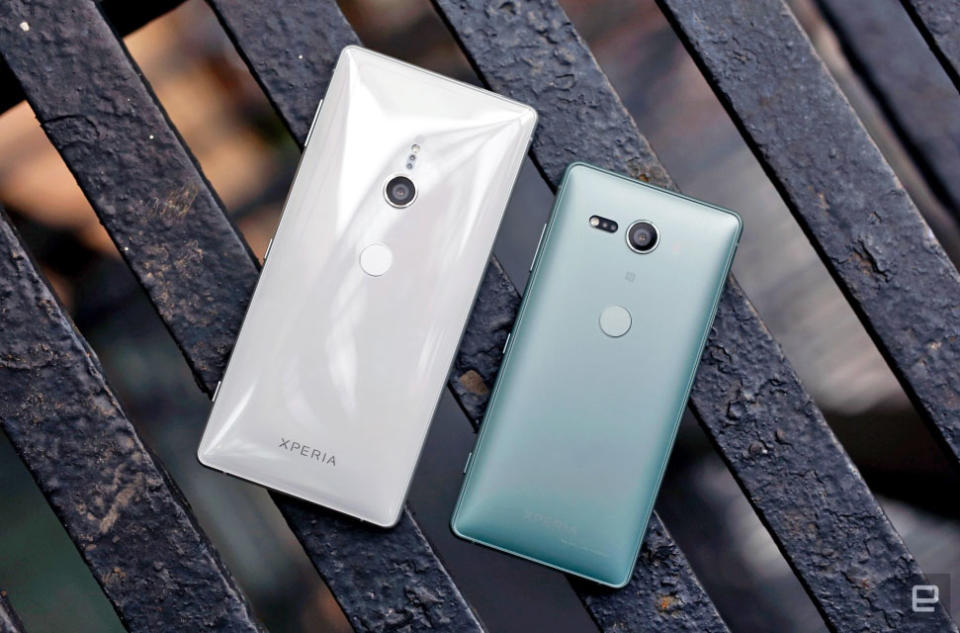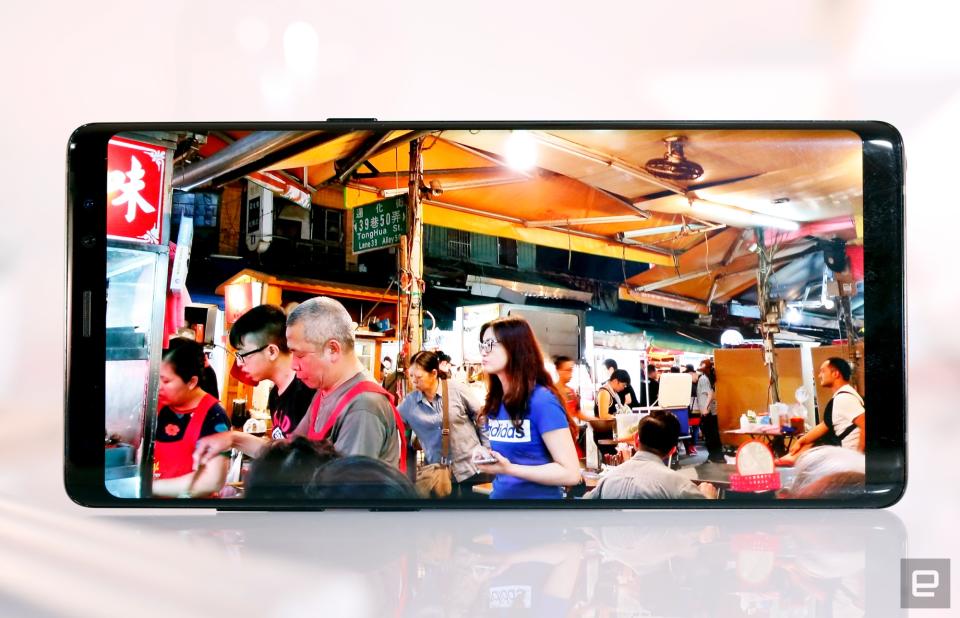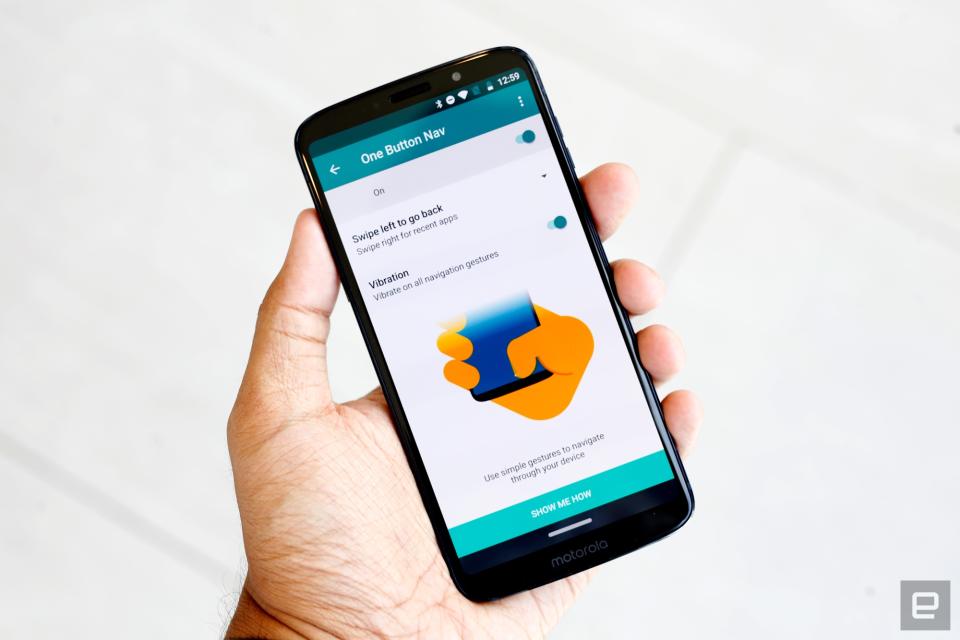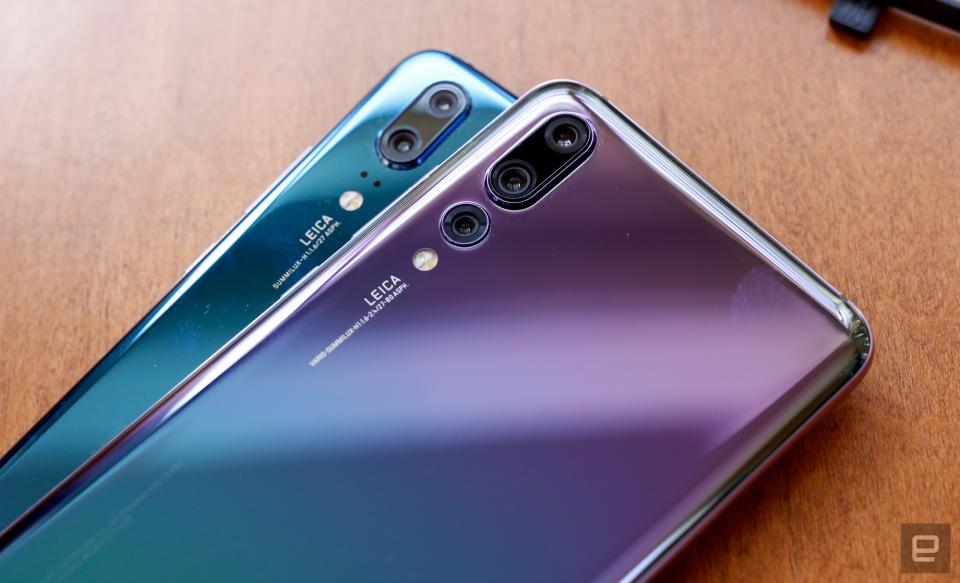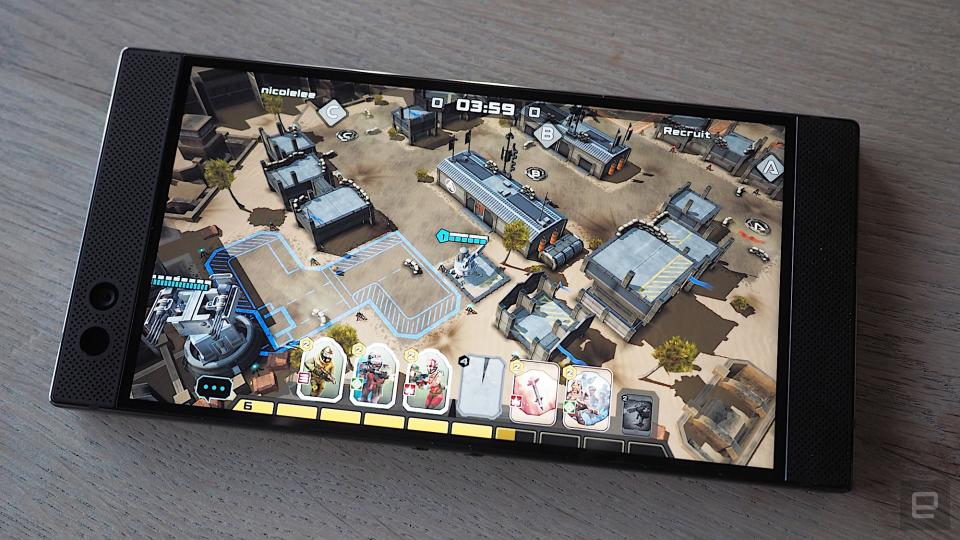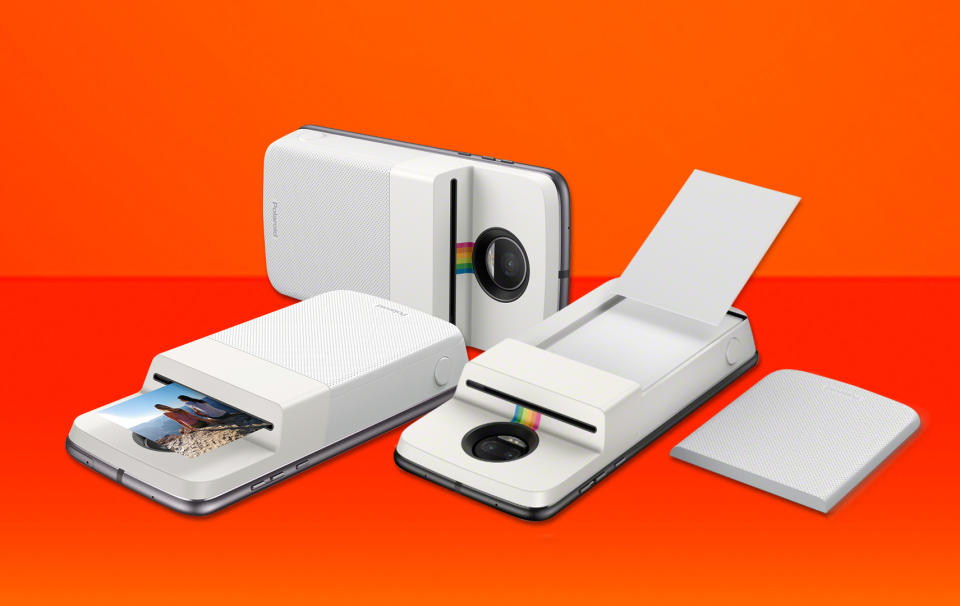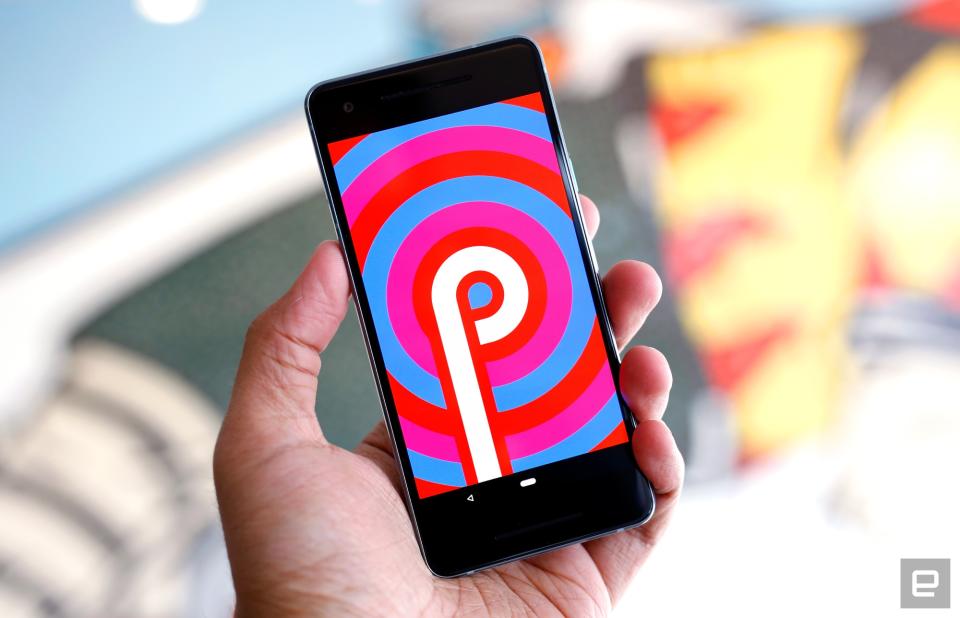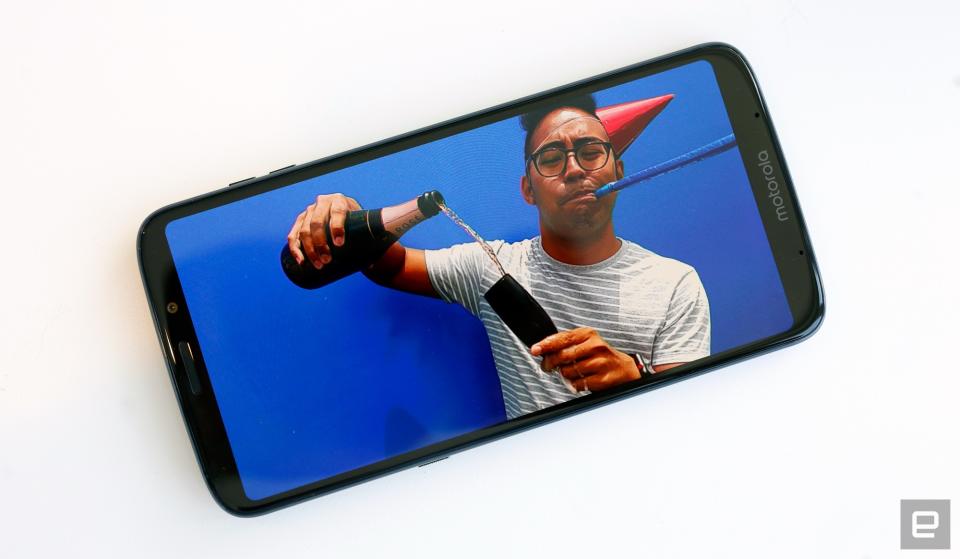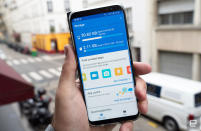How to pick a smartphone in 2018
These days, it's almost impossible to make a bad decision.
You dropped it one too many times. Its battery life has gotten terrible. You just need a change. Whatever the reason, you're reading this because you've decided it's time to buy a new smartphone. Thankfully, there's never been a better time to be in the market for something new: Smartphones are more powerful than ever, and getting a truly great device doesn't require shelling out an obscene amount of money. (That said, if you're reading Engadget, there's a pretty good chance you were going to do just that.) Finding the right balance of features and price can be trickier than it needs to be, so we've put together a guide to help make this big decision a little easier.
Pick a platform
Before we go any further, we have a very important question: Are you an iOS devotee or a proud member of Team Android? If you've used a smartphone for a while, your allegiance is probably already set. That said, if you're mulling a switch or are gearing up to buy your first smartphone, here are a few things you should keep in mind.
Android is by far the most widely used mobile operating system, largely because it's free to smartphone makers willing to abide by a certain set of rules. Because of that, you'll find a staggering number of Android devices to choose from, and you'll often see them incorporate new technologies before iPhones do. (Fact check: Niceties like NFC, in-display fingerprint sensors and nearly bezel-less screens all appeared on Android devices first.) Android is also the superior platform if you want to thoroughly customize your phone -- alternate launchers, widgets and icon packs mean the Android you see out of the box isn't the one you necessarily have to use.

iOS, meanwhile, is our choice for people who are already invested in Apple's world. If you've sunk money into iTunes purchases or a MacBook, there's a strong argument for sticking with an iPhone. You don't need to be an Apple devotee to appreciate the company's smartphones though. They're among the easiest devices to just pick up and start using, and it's not uncommon for app developers to focus on iOS because of its popularity. (It definitely doesn't hurt that with a limited range of hardware, developers don't need to do as much work to ensure their apps run well across different iOS devices.)

More importantly, iPhone owners don't need to wait for carriers or smartphone makers to embrace new software the way Android aficionados typically have to: Once Apple pushes out a software update, it's available to everyone.
What matters to you?
Finding the right smartphone means figuring out the right blend of features and hardware for you. That can be no easy feat, especially if you're not the sort of person who usually agonizes over spec sheets before making decisions. The factors we lay out below are among the most important to consider. Try ranking them in your head as you go through the list.

Budget
This is likely one of your biggest considerations, and the way we pay for smartphones has changed pretty dramatically in recent years. It used to be that you could walk into a store and pick up a high-end smartphone for about $200 as long as you extended your contract with your carrier for two years. Not so much anymore. US carriers sell their smartphones on installment plans, amortizing the cost of a new smartphone over at least a year. That makes more-premium smartphones more accessible since you don't need to shell out lots of cash at once, but that also limits you to devices your carrier sells directly. If you're on a provider that plays nice with unlocked phones, like AT&T, T-Mobile and to some extent Verizon and Sprint, you have more options to work with. (Full disclosure: Verizon owns Engadget's parent company, but we maintain our editorial independence.)
Again, there isn't a one-to-one correlation between price and overall smartphone quality. You can typically buy a first-rate flagship smartphone like the OnePlus 6 for a fraction of what a Samsung Galaxy S9 Plus or an iPhone X cost. For around $250, midrange devices like the sixth-generation Moto G provide more than enough horsepower for people's daily routines, along with niceties like a spacious display and an AI-assisted camera. There's no shortage of great options at any price, so before anything else, think about how much you're willing to spend and drill down from there.

Display
You're going to spend a lot of time looking at your phone's screen, so make sure it's a nice one. People generally consider AMOLED screens to be the gold standard for smartphones, thanks to their vibrant colors, deep blacks and wide viewing angles. In certain situations -- say, when you're reading an e-book with white text on a black background -- AMOLEDs actually prolong your battery life because those dark sections aren't displaying the color black. Instead, the pixels are completely turned off. Meanwhile, LCD screens are more common on cheaper devices because they're cheaper to produce, but that doesn't mean they're awful. In fact, because the whole panel is backlit, they're often easier to see under direct sunlight.
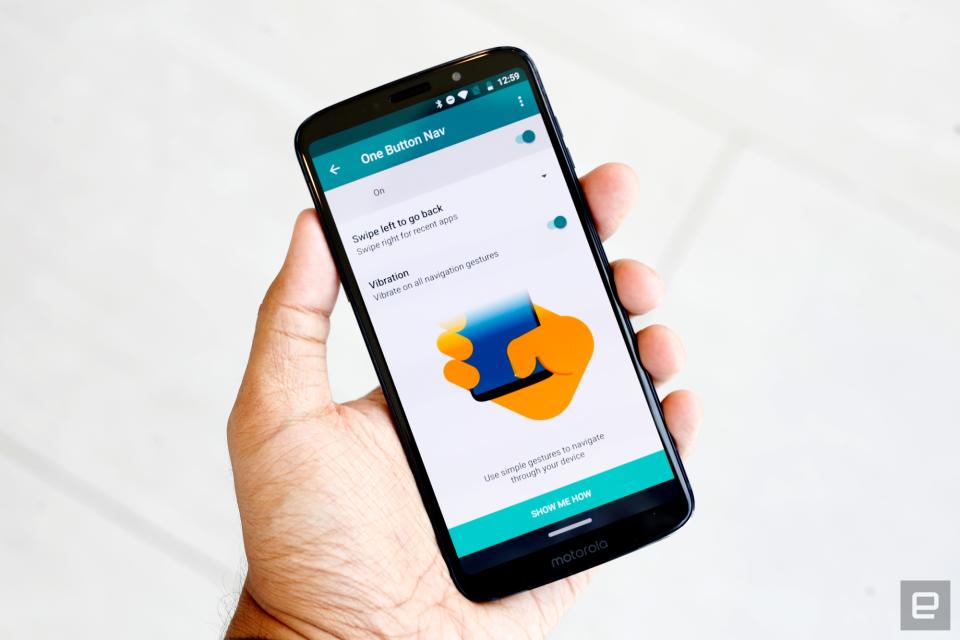
You've no doubt noticed that smartphone screens are getting bigger, but that doesn't necessarily mean phones themselves are becoming unwieldy. Screens with an 18:9 aspect ratio are now more common, and they essentially allow you to view more content without having to scroll around as much. Even better, since these screens are comparatively tall, the phone bodies themselves generally aren't any wider than usual.
They aren't necessarily more expensive than phones with more traditional screens either: Devices like the Alcatel 1X give you an 18:9 display for just over $100. With all that said, if you have smaller hands, a phone with a smaller display -- say, 5.3 inches diagonal or less -- is obviously going to feel more comfortable. Smartphone makers continually try to squeeze the biggest screens they can into their devices, but there are still plenty of solid options out there that won't cramp your hands.
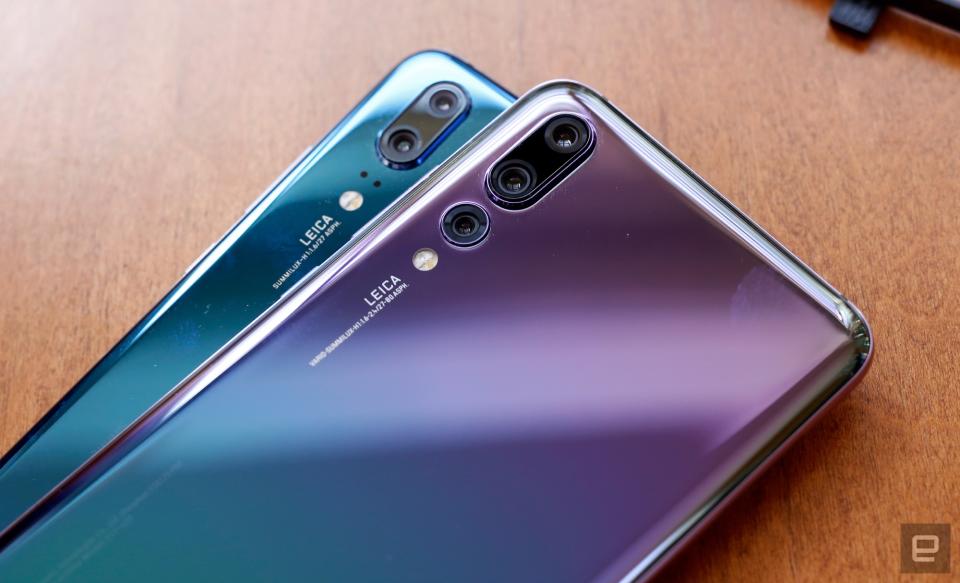
Camera
These days, just about every flagship phone has a good camera, though the particulars can vary pretty wildly. That doesn't mean you need to pay a lot for great photos though. Here's a tip: Don't get hung up on megapixels. Instead, think about the situations where you tend to use your camera most. If you're not much of a smartphone photographer, a single rear-mounted camera will suit you just fine.
Dual cameras are getting to be all the rage these days, though, and they offer quite a bit more flexibility. If you're the type who enjoys shooting sprawling landscapes, you'd benefit from devices with a wide-angle/telephoto-camera setup, like the LG G7. If bokeh-filled portraits are more your speed, dual cameras are definitely your friend, and just about all the dual-camera phones we've tested offer some kind of portrait mode.

Figuring out what kind of camera you need gets easier if you're willing to consider a few more technical details. If you're like us and spend perhaps a bit too much time inside bars and other dimly lit environments, you should be aware of how big the pixels of your chosen smartphone camera's sensors are and how wide its aperture is. The bigger the pixels and the wider the aperture, the brighter your photos will turn out. Some cameras also offer optical image stabilization, or OIS, which negates your natural hand wobble and makes for crisper, clearer photos. (Thankfully, this is the kind of minutiae we specifically look out for in our reviews.)

Performance
Multitaskers and people who enjoy playing the latest graphically intense games on their phones will need more horsepower than the rest of us. If that's you, be mindful of the phone's chipset and RAM. For high-performance situations like the ones we've mentioned, you'll want the fastest-processing cores and the most RAM you can afford. If you're considering an iPhone, getting the best performance means buying a device from the most recent hardware generation: They all share the same chipset (at the time of writing, it's the A12 Bionic), though the new XS and XS Max pack a handful of features that the less expensive XR doesn't.
As for Android phones, it's relatively easy to figure out which devices have the level of performance you're looking for -- and it's all thanks to Qualcomm's near-monopoly on mobile chipsets. At the top of the heap is the company's 800 series, which offers the best possible performance. For now, the Snapdragon 845 is the company's flagship chipset, and it's inside nearly every premium smartphone we've tested in 2018. If your budget precludes you from buying a flagship phone, Qualcomm's simple numbering scheme is your friend: The upper midrange 600-series chipsets outperform the lower midrange 400-series chipsets, which are more powerful than low-end 200-series silicon.
In our experience, devices with 400-series processors perform adequately enough for people on tight budgets, but the 600-series chipsets tend to provide the best balance between price and performance; there's enough power there to fuel most people's routines without issue. There's also a fairly new Snapdragon 700-series chipset, the 710, which seems tailor-made to provide near-flagship performance for people who don't want to spend $1,000 on a phone. That said, we haven't yet come across any phones that use it.
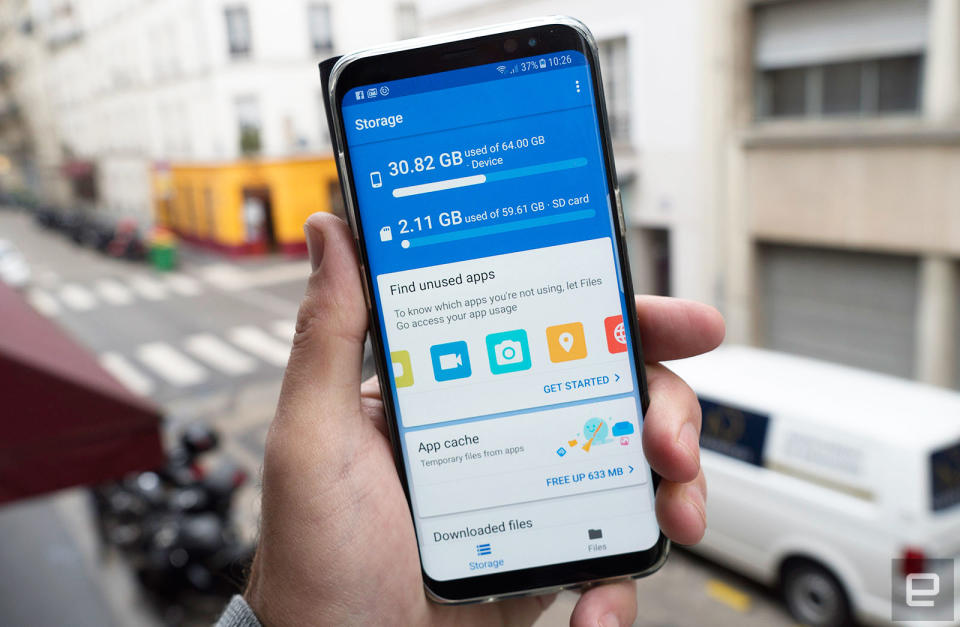
Storage
Few things are as frustrating as trying to decide which apps to keep and which to delete because you're running out of storage space. We wouldn't recommend buying a phone with less than 32GB, so get as much storage as your budget allows and keep an eye out for options that have microSD card slots. They allow you to cheaply add storage for your apps and media without having to buy a brand-new device or make hard choices about which photos you'll need to offload onto your PC or into the cloud.
Battery life

No one wants to buy a new smartphone only for it to be tethered to a power outlet all the time. As with RAM and storage space, you'll want to find the biggest battery that your budget allows. (These are measured in milliamp hours, or mAh.) Just be aware that there's more to battery life than the size of the battery. A phone with a 720p HD screen, a Snapdragon 400-series chipset and a 2,800mAh battery may well last longer than a phone with a 1080p Full HD display, a more powerful processor and a much larger cell.
When researching phone longevity, you'll often see people mentioning screen-on time, a measure of how long the phone can power its display off a single charge -- you don't need us to tell you the longer, the better. That said, standby time is another figure worth keeping in mind: It's a measure of how long a phone lasts when it's not being actively used.
Thankfully, modern smartphones are good at charging quickly: You can squeeze an extra few hours out of your device with as little as 30 minutes of charging time. Most flagship devices offer support for Qualcomm's Quick Charge technology, though how fast they actually juice up depends on what version of the Qualcomm standard they're working with. Meanwhile, Samsung has its own Adaptive Fast Charging, and devices like iPhones and Google's Pixels support the USB PD specification for rapid charging. (It's worth noting that while the most recent iPhones natively support USB PD, Apple doesn't give you a compatible power brick -- you'll need to find one elsewhere.)

Gimmicks
In addition to all the usual areas smartphone makers focus on, they also often throw in more-niche features for people with more-specific needs. If you spend a lot of time listening to music, consider phones with headphone jacks (a relative rarity these days) and a built-in digital-to-analog converter, or DAC. The latter might sound complicated, but it's a way for smartphone makers to offer more flexibility and control over the way your media sounds. Styluses are thankfully uncommon now, but devices like Samsung's Galaxy Note series and LG's aptly named Stylos are especially handy for people who prefer to sketch and jot down notes instead of pecking them out on a keyboard.
If you like the idea of modifying your phone to do more instead of buying a new device, phones like Motorola's Z series offer so-called Moto Mods -- accessories like batteries, projectors and speakers that attach magnetically. And as mobile gaming continues to grow in popularity and prevalence, we've seen more phones embrace game-specific features -- these range from modes that boost performance in-game to features that prevent notifications from interrupting your playtime. None of these are necessarily crucial to a smartphone's overall value, but they can be nice to have and may even make your decision easier.

Timing
If you lost or broke your phone and need a replacement, well, that's that. If you're just in the mood for an upgrade and you're planning out your choices in advance, though, remember that some seasons are better for smartphone shopping than others. This is especially true of flagship devices: Samsung's new premium Galaxy phones typically launch in the spring, and you can always count on Apple to unveil a handful of new iPhones in September, with Google's Pixel line typically following a month or so after that. Even if you're not looking to spend loads of money on a new device, understanding this timing can still help. You'll frequently find wireless carriers discounting their products in the months and weeks before new models launch -- some of the best deals on still-powerful devices can be had then.
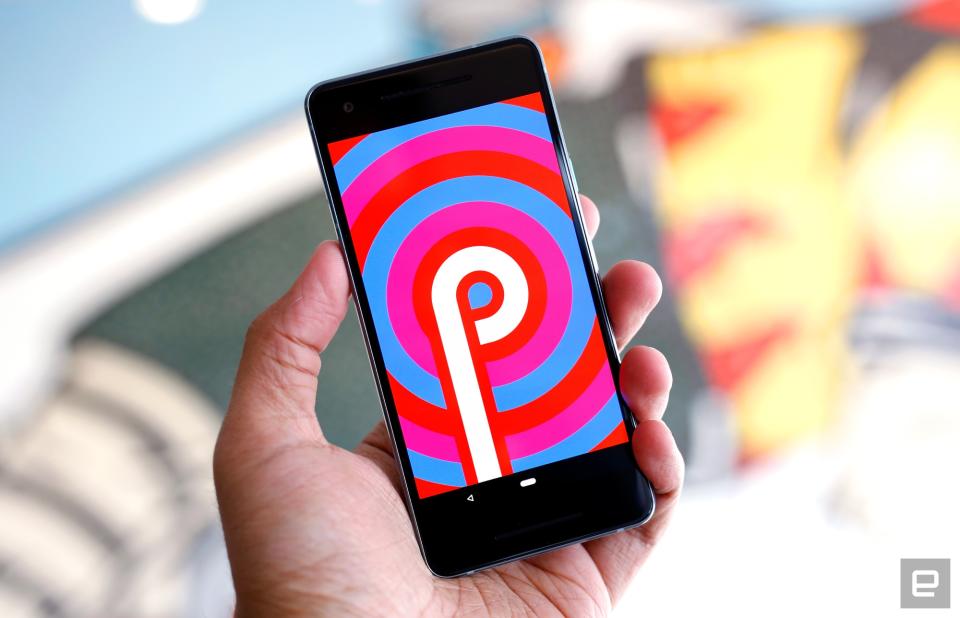
Update frequency
Another note on timing: Software updates pack performance tweaks, security patches, bug fixes, new features and more, so it's important to know how quickly your phone is likely to receive them. Devices like iPhones and Google's Pixels get access to the latest software as soon as their respective parent companies push them out.
If you're mulling Android devices from other manufacturers, however, you might be in for a wait. Major software updates are typically tweaked by the phone makers themselves, and they are also subject to carrier testing and certification. In other words, if you have a carrier-branded device, you'll need to wait for another round of review before the update actually gets pushed out. Once you're close to pulling the trigger on a new phone, it's worth taking some time online to see what a smartphone maker's community thinks about update speeds.

Wrap-up
Choosing a new smartphone can feel daunting, but if you have a solid sense of your budget and priorities, it can be a straightforward process. More importantly, smartphones have gotten to be so consistently capable that it's almost impossible to make a bad decision. Just take your time, do some research and ask your friends (including your friends at Engadget).


